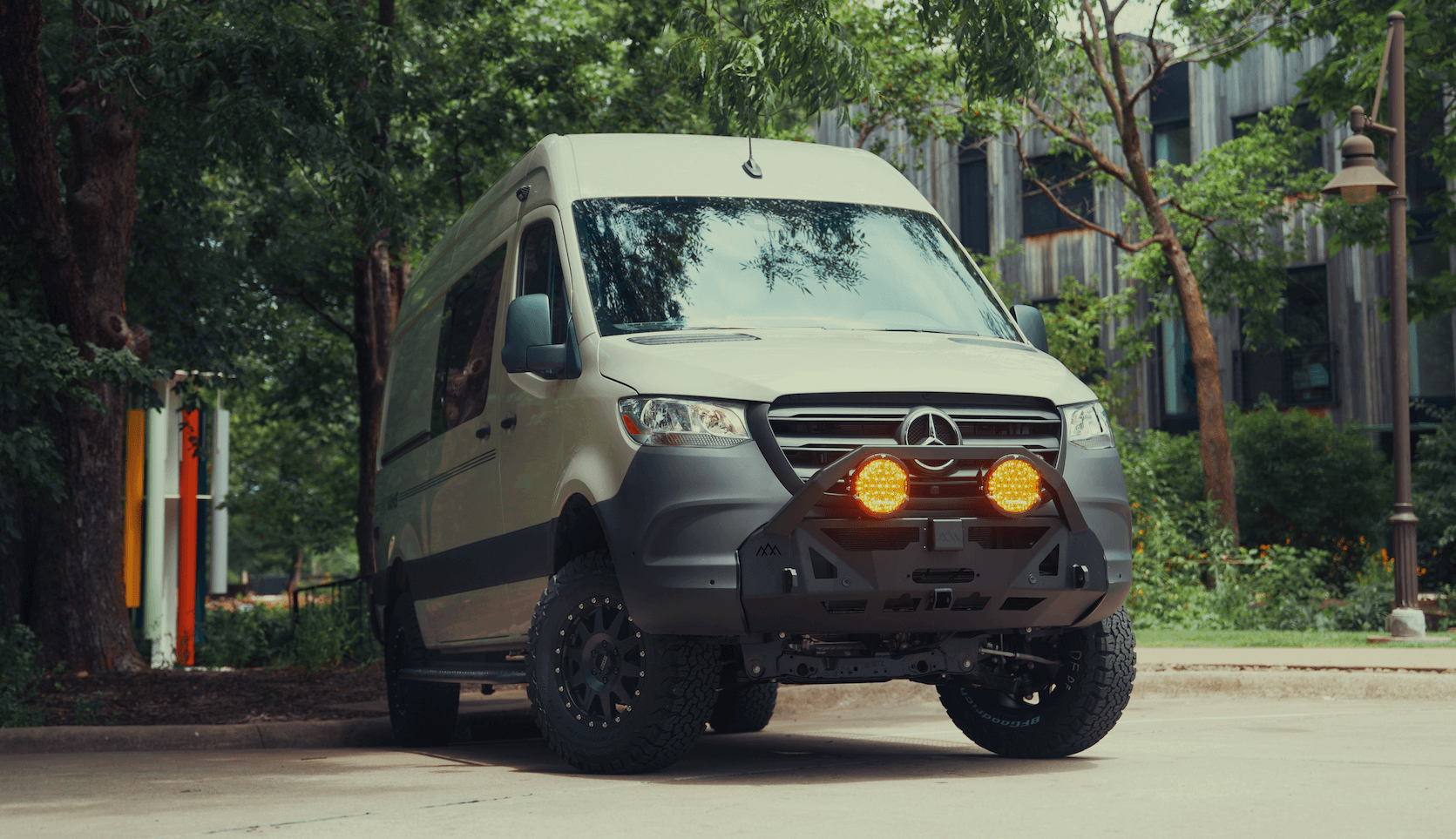Recreational Vans

A van is a big metal resonator. Wide panels and wheel arches amplify tire roar, wind rush, and drivetrain hum. Sound deadening lowers that noise floor so conversations are easy and music sounds clean at normal volume. You also gain thermal stability since many acoustic layers resist heat transfer. The outcome is less fatigue on long drives and a cabin that feels composed instead of tinny.
Use all three types where they are most effective instead of stacking one material everywhere.
You get the biggest gains by targeting noisy zones first. Floors over the wheel wells carry structure borne vibration. Doors are large panels with big cavities. The firewall and doghouse transmit engine and exhaust content, especially in older platforms. The roof resonates on highways and in crosswinds.
Full coverage is not always required. On flat steel, 25 to 40 percent high quality damping can stop panel resonance. Curved or drummy panels may benefit from 60 percent. Barriers should be continuous and well sealed to work. Absorbers are placement sensitive, not thickness races.
Damping sheets use a viscoelastic layer married to a thin constraining foil. Heat activates the visco property so install in warm conditions or use gentle heat for proper adhesion. Barriers are usually a dense limp mass paired with a decoupler to prevent hard contact with the metal shell. Absorbers include hydrophobic open cell foams and fibrous liners that resist moisture.
Avoid generic house insulation which can trap water and shed fibers. Use closed cell decouplers in high moisture areas like doors and wheel wells. Choose adhesives rated for automotive heat cycles so materials do not creep when parked in the sun.
Every pound matters in a van. A balanced system adds weight where it pays off most, especially near the rear arches and front footwells. Keep airbags, sensors, and seat mounts unobstructed. Maintain access to wiring runs, jacks, and service panels. Mark harness locations before covering and avoid compressing loom against sharp edges.
Good sound deadening follows a clean workflow. Strip the interior, degrease all bare metal, and repair loose clips or rattles before adding material. Start with damping, then run wiring, then place barriers and decouplers, and finish with trim. Press damping firmly with a roller to remove air. Seal barrier seams with tape designed for the material so the layer acts as a continuous membrane.
Noise reduction is cumulative. You may see a 3 to 6 dB drop in highway noise with a targeted floor and wheel well package, which feels like cutting perceived loudness by roughly a third. Add doors, firewall, and roof and many vans reach easy conversation levels at 70 mph. Audio systems benefit because the cabin has less masking noise, improving bass definition and imaging.
Complex vans with airbags, wiring complexity, or commercial duty cycles often demand professional planning and execution. A pro team will map resonance hot spots, specify layer order, and deliver clean edges so everything fits like factory. That level of detail protects resale value and ensures the gains you expect.
Our build process emphasizes targeted treatment, not unnecessary weight. We start with a conversation about how you use the van, your typical road surfaces, and your audio goals. Then we create a zone map for damping, barriers, and absorbers so the quiet gains show up where you actually hear them. Fit and finish matter, so trim clips, seat tracks, and serviceability are preserved. If you are flying in to Fayetteville Arkansas for a pickup, we walk you through the completed package at handoff so you know exactly what went where and why.
A calmer cabin makes every mile better. If you want quiet backed by clean workmanship and matched materials, our team can plan and install a sound deadening package within a complete build or a focused upfit. Share your goals, road conditions, and audio plans and we will recommend the right zones and layers, then execute with tight fit and tidy finishes.
Submit the form to schedule your consultation. We will evaluate your van, outline an acoustic plan sized to your needs, and deliver an install that holds up to real travel.
Ready to quiet your van the right way? Book a build consultation and our team will map a targeted sound deadening plan, specify materials that match your goals, and install everything with clean finishes. Submit the form to secure your spot and get a precise quote.
ADDRESS:
6159 E Huntsville Rd, Fayetteville, AR 72701
PHONE:
(479) 326-9200
EMAIL:
info@ozkvans.com